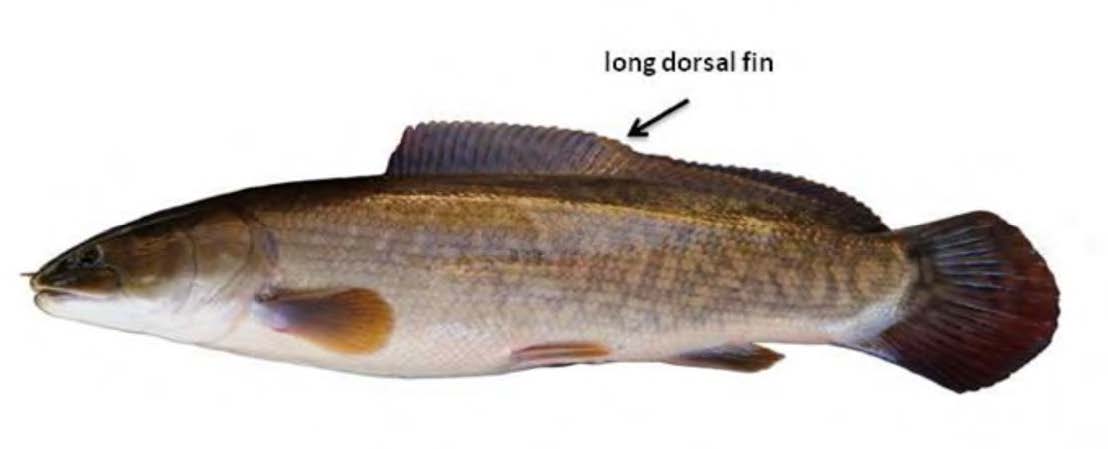Habits and Habitat
Bowfin prefer shallow oxbow lakes, sluggish rivers, and swamps and feed primarily on fish. They also eat crayfish, grass shrimp, frogs, and insects. Bowfin migrate into shallower areas and usually feed at night. They spawn in the spring when water temperatures are between 64ºF and 78ºF. Males build bowl-shaped nests, which are constructed in shallow, weedy areas. Bowfin are extremely tolerant of poor water quality and can survive in very poor habitats due to their ability to breathe air with their swim bladder.

